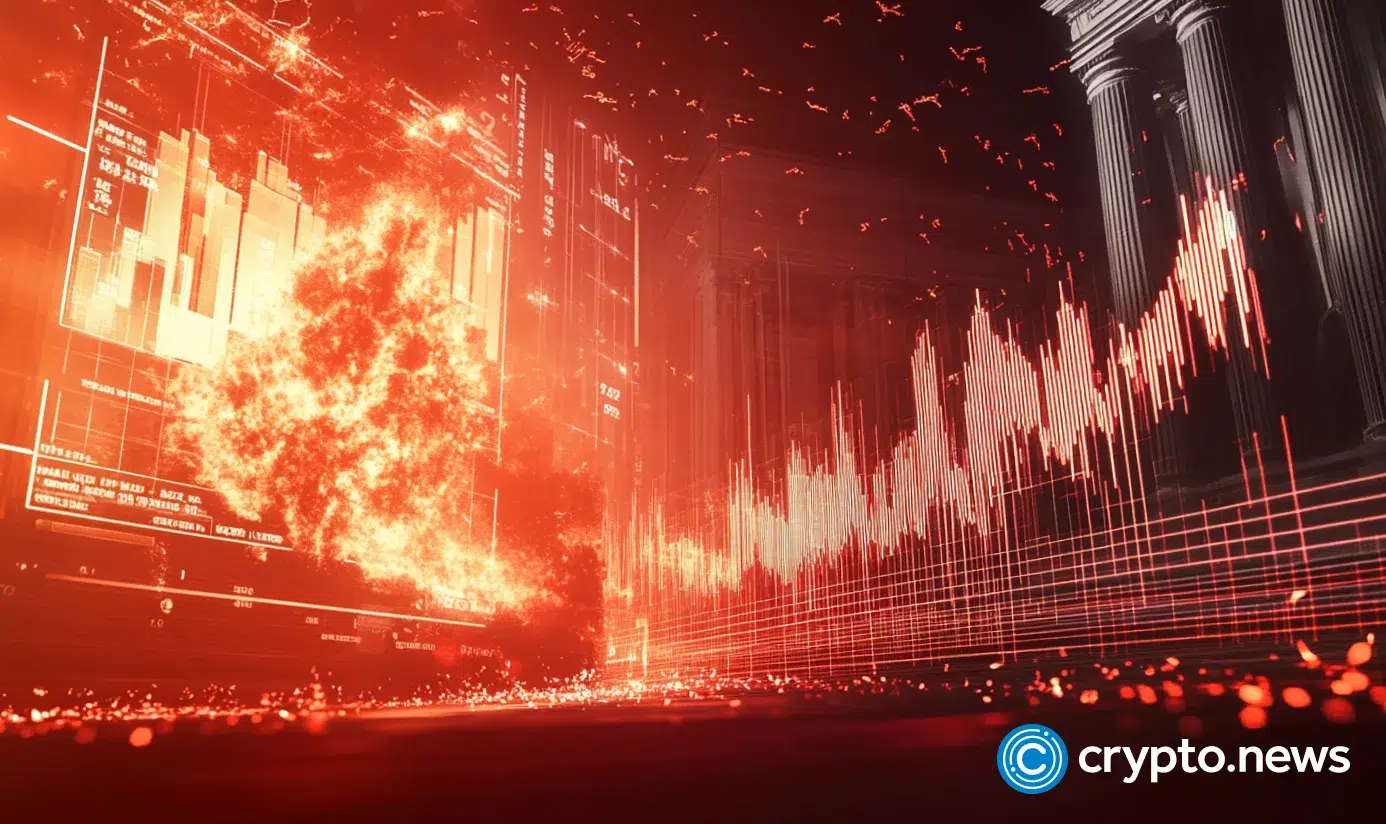- Gold exceeds 20% of global reserves; IMF projects weaker economic growth.
- Stock market risks threaten developing countries.
- Enhanced gold reserves reflect global economic uncertainty.
IMF Managing Director Kristalina Georgieva announced on October 8 that monetary gold holdings now exceed one-fifth of global official reserves, potentially affecting economic stability worldwide.
This adjustment signals caution, particularly impacting developing economies with increased stock market volatility and a global growth forecast decrease from 3.7% to 3%. [Source](https://example.com)
Gold Represents Over 20% of Global Reserves, IMF Reports
The IMF reported that monetary gold holdings now comprise over 20% of global official reserves. This shift reflects heightened economic uncertainties and nations’ desire for more secure assets. The IMF anticipates global growth to slow to an average of around 3%, down from 3.7% before the pandemic.
Gold’s increased prominence marks a significant development in global reserves management, driven by geopolitical tensions and market uncertainties. This reallocation suggests a heightened aversion to fiat currency volatility, influencing reserve strategies across nations. Kristalina Georgieva emphasized risks to developing countries, predominantly from market downturns and asset valuation challenges.
Nations React to Gold’s Stability Amid Economic Uncertainty
Did you know? During the 2008 financial crisis, gold’s share in global reserves surged, similar to today’s increase, indicating rising risk aversion among nations amidst financial uncertainties.
As of October 8, 2025, Bitcoin’s price stands at $122,564.19, with a market cap of approximately 2.44 trillion dollars. Over recent periods, Bitcoin has experienced fluctuations: a 4.52% increase in the past week and a 9.25% rise over the last month, according to CoinMarketCap.
Bitcoin(BTC), daily chart, screenshot on CoinMarketCap at 14:26 UTC on October 8, 2025. Source: CoinMarketCapAnalysis from Coincu indicates that this gold reserve shift may lead to heightened interest in Bitcoin as an alternative asset during economic uncertainty. This pattern aligns with historical trends, where increases in gold allocations coincide with raised interest in crypto as a risk diversification tool.
| DISCLAIMER: The information on this website is provided as general market commentary and does not constitute investment advice. We encourage you to do your own research before investing. |
Source: https://coincu.com/markets/imf-gold-reserves-economic-impact/



